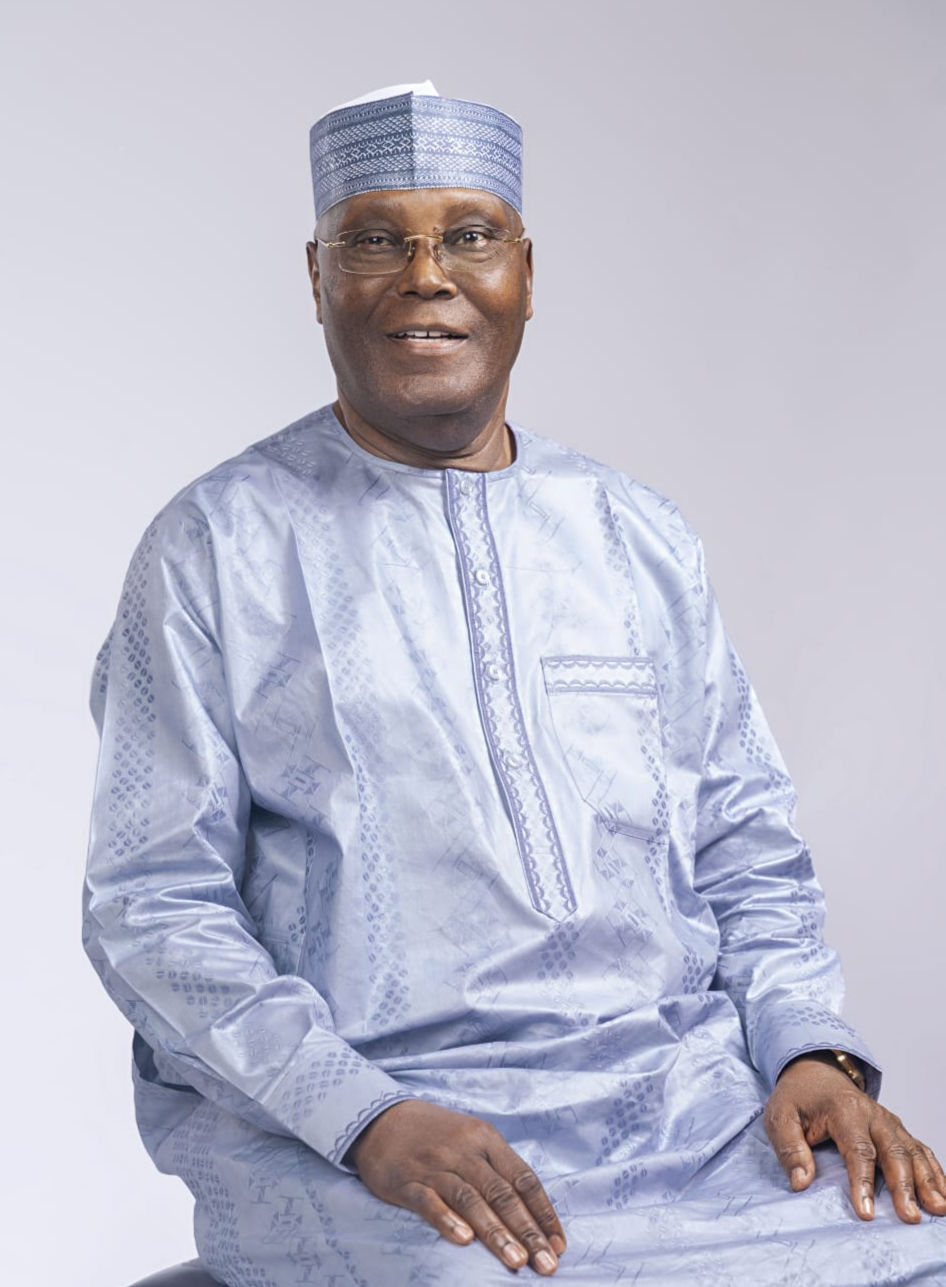NYFA LEADERS' DIGEST
- Oyediran Titilope
- Oct 21
- 3 min read

A TALE OF TWO ERAS: NIGERIA'S ECONOMIC JOURNEY
In the annals of Nigeria's economic history, few moments stand out as starkly as the debt relief agreement of the past and the present economic landscape. A journey through time and comparison between two eras highlight the differences in economic management and the impact on Nigerians.
Then: Debt Relief and Economic Stability (Early 2000s)
In the early 2000s, Nigeria's economy was burdened by a significant debt overhang, with a total debt stock of approximately $30.4 billion. However, through strategic negotiations and economic reforms, the country secured a debt relief agreement with the Paris Club, resulting in the cancellation of $18 billion in debt. This move freed up resources for critical sectors like education, healthcare and infrastructure, stimulating economic growth and development.
The inflation rate during this period was relatively stable, with an average annual inflation rate of around 12%. The lower end of the inflation spectrum saw rates as low as 6%, while the upper end peaked at around 18%. The economic reforms and debt relief agreement contributed to a period of relative economic stability, with Nigerians experiencing a modicum of economic relief.
Now: Economic Uncertainty and Instability (2020s)
Fast-forward to the present day, and Nigeria's economic landscape looks vastly different. The country is grappling with high inflation, stagnant economic growth and a significant decline in foreign exchange reserves. The inflation rate has soared, with the upper end reaching as high as 25%, while the lower end lingers around 15%. The average annual inflation rate has more than doubled, to around 20%.
A comparative analysis of the two eras reveals a stark contrast in economic management. The debt relief agreement of the past has given way to increased borrowing by corrupt government and debt servicing obligations, which now consume a significant portion of the country's revenue. The economic instability has led to a decline in investor confidence, reduced economic activity and increased poverty levels.
Comparative Analysis: Upper and Lower End Inflation
| Era | Lower End Inflation | Upper End Inflation | Average Annual Inflation |
| --- | --- | --- | --- |
| Early 2000s | 6% | 18% | 12% |
| 2020s | 15% | 25% | 20% |
The comparison highlights the significant increase in inflation rates over the years. Notably, the upper end inflation rate increased by 7 percentage points (from 18% to 25%), while the lower end inflation rate increased by 9 percentage points (from 6% to 15%). The average annual inflation rate also increased by 8 percentage points (from 12% to 20%).
Increase percentage points:
Lower end: 15 - 6 = 9 percentage points
Upper end: 25 - 18 = 7 percentage points
The percentage increase using the lower end and upper end inflation rates.
Lower End comparison between then and now = 250%:
Early 2000s: 6%
2020s: 15%
Percentage increase: (15 / 6) * 100 = 250%
Upper End comparison between then and now = 138%:
Early 2000s: 18%
2020s: 25%
Percentage increase: (25 / 18) * 100 = 138.89%
Further analysis reveals a more nuanced picture:
- Lower End Comparison: The 250% increase (from 6% to 15%) in the lower end inflation rate suggests a substantial rise in the cost of essential goods and services, affecting low-income households disproportionately.
- Upper End Comparison: The 138.89% increase (from 18% to 25%) in the upper end inflation rate indicates a significant rise in the cost of goods and services, potentially impacting middle- to high-income households.
The disparity between the lower end and upper end inflation rate increases (250% vs. 138.89%) implies that the burden of inflation has been more pronounced on the lower end of the spectrum. This could have far-reaching implications for poverty levels, income inequality, and overall economic stability in Nigeria.
In conclusion, the tale of two eras serves as a reminder of the importance of prudent economic management and strategic decision-making. A reflect on the past and present economic landscapes clarifies that Nigeria has the potential to learn from its history and chart a more prosperous future by following Atiku Abubakar's economic policy which is rooted in the principles of economic prudence, strategic leadership, and a commitment to the well-being of all Nigerians.
Team nBAU






Comments